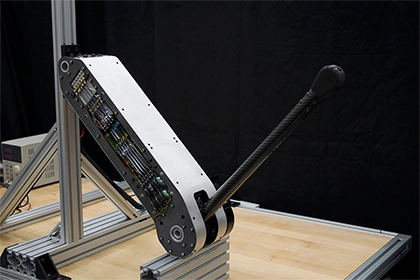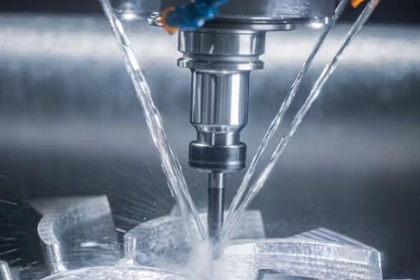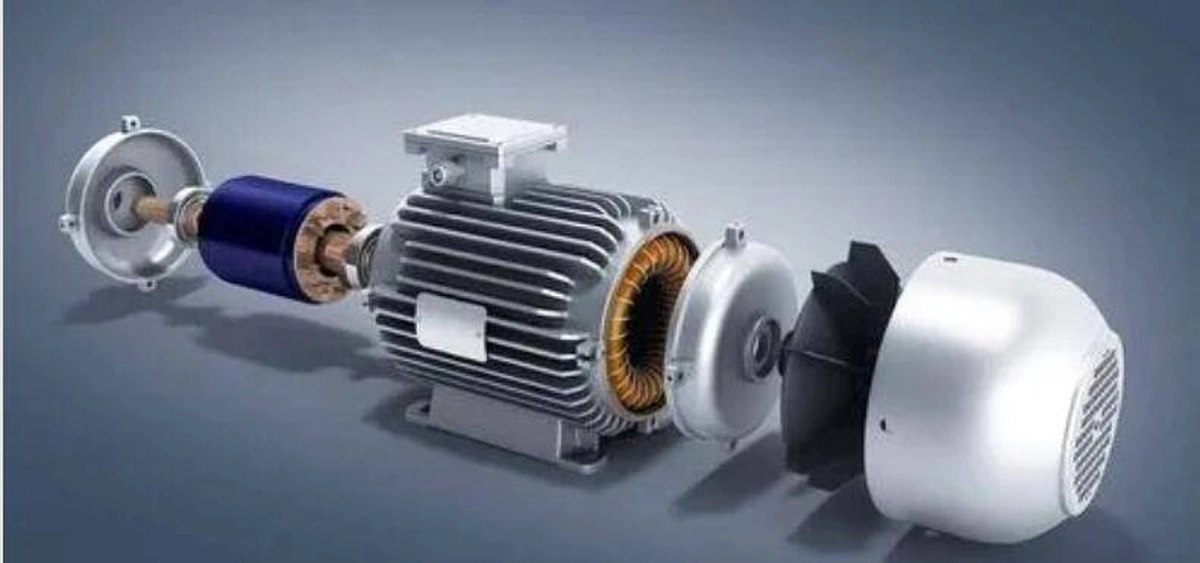- +86 19149417743
- Zhengzhou, Henan Province, China
- Mon-fri: 8am - 7pm
Get a quote

Electric motor windings are an essential component in the construction of electric motors. They play a crucial role in converting electrical energy into mechanical energy, enabling the motor to generate torque and perform useful work. In this article, we will provide a comprehensive overview of electric motor windings, covering their purpose, types, construction methods, and important considerations.
Electric motor windings refer to the conductive wires wound around the motor's stator or rotor. When an electric current flows through these windings, it creates a magnetic field. These windings form electromagnetic coils that interact with magnetic fields to produce rotational motion. The primary purpose of motor windings is to create a magnetic field that drives the motor's rotor, generating the necessary torque for operation.
There are two main types of electric motor windings:
Stator windings are located in the stationary part of the motor, known as the stator. These windings are responsible for generating a rotating magnetic field that interacts with the rotor, inducing motion. Stator windings are typically three-phase in induction motors and can be single-phase in certain applications.
Rotor windings are located in the rotating part of the motor, known as the rotor. These windings are found in specific types of motors, such as synchronous motors and certain types of wound-rotor induction motors. Rotor windings facilitate the transfer of electrical energy to the rotor, enabling the motor to maintain synchronous operation or achieve desired torque characteristics.
Form-wound windings involve pre-manufactured coils that are inserted into slots or cavities within the motor's stator or rotor. The coils are typically made of insulated copper or aluminum wire. This construction method allows for standardized and repeatable winding patterns, ensuring consistent performance and ease of manufacturing.
Random-wound windings involve the manual or automated winding of individual wires directly onto the stator or rotor core. This method is commonly used in smaller motors and offers flexibility in accommodating different winding configurations. Random-wound windings are often found in single-phase motors and some fractional horsepower three-phase motors.
The choice of wire gauge and insulation material is crucial in motor windings. The wire gauge determines the current-carrying capacity and resistance, while the insulation material protects against short circuits and supports the desired voltage rating. Consider factors such as operating temperature, ambient conditions, and desired motor lifespan when selecting wire gauge and insulation.
The winding configuration determines the motor's performance characteristics, including torque, speed, and efficiency. Common configurations include lap winding, wave winding, and concentric winding. Each configuration offers distinct advantages and is suited for specific motor types and applications.
Winding pitch refers to the distance between the starting points of adjacent coil sides, while the phase angle refers to the angular displacement between phases in multi-phase motors. These parameters influence the motor's electromagnetic properties, such as torque ripple, harmonics, and overall performance. Careful consideration of these factors is essential to optimize motor performance and reduce undesirable effects.
The voltage and frequency of the power supply significantly impact the design of electric motor windings. Higher voltages may require additional insulation layers or changes in wire gauge to handle increased electrical stress. Frequency also affects motor performance, especially in synchronous motors where precise synchronization with the power supply frequency is critical.
Efficient cooling and heat dissipation are crucial for maintaining optimal motor performance and preventing overheating. Consider the motor's duty cycle, ambient temperature, and cooling methods (such as fans or liquid cooling) when designing or selecting motor windings. Proper cooling ensures the windings operate within their temperature limits and prolongs motor lifespan.
Electric motor windings are key components in the operation of electric motors, enabling the conversion of electrical energy into mechanical work. Understanding the purpose, types, construction methods, and important considerations of motor windings is essential for selecting, designing, and maintaining electric motors for various applications. By considering factors such as wire gauge, insulation, winding configuration, pitch, phase angle, voltage, frequency, and cooling, you can optimize motor performance, efficiency, and reliability. Electric motor windings are a critical element in motor designand their proper selection and implementation contribute significantly to the overall performance and longevity of electric motors.
 2024-08-30 16:01:40
Engineering
2024-08-30 16:01:40
Engineering
 2024-07-26 14:09:13
Engineering
2024-07-26 14:09:13
Engineering
 2024-07-18 09:42:00
Engineering
2024-07-18 09:42:00
Engineering